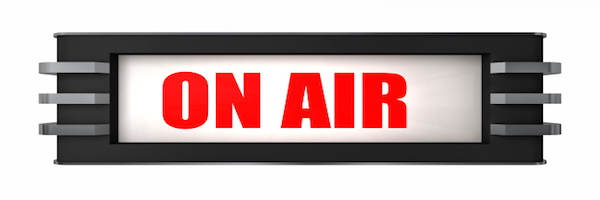
Radio Redux: Why You Might Be Missing the Masses
This post has been syndicated. It originally appeared on MediaVillage.
If you were to ask most advertisers what platform had the greatest mass reach, what do you think most would say? Television would be the instinctive answer. Then again, if you gave people a moment to think about it, they may change their answer to something more digital, like the smartphone.General consensus would point to one of the above options as obvious fact -- but according to Nielsen’s Q1 2015 Total Audience Report, the masses are mistaken. The answer is in fact … radio! In the age of mobile media, AM/FM radio remains the dominant and perhaps the most mobile, mass medium.
According to the report, radio reaches 93% of all adults age 18+ every week. TV was second at 87% and smartphones were third with 70%. I look at these numbers and once again I am struck by the yawning gap between radio’s efficiency and its waning share of ad budgets.

Four years ago, we began our partnership with iHeartMedia (formerly Clear Channel) because we believed in radio when others did not. This is not a tip of the hat to MediaLink, but more to what I knew iHeart’s legendary leader Bob Pittman would be able to help deliver. We believe in radio even more today and now the truth of its enduring power is evident, courtesy of Nielsen. That is the power of radio, and just as importantly, the power of radio advertising dollars.
As the new data demonstrates, radio is stable-to-growing while other media, such as TV and desktop PCs, are slightly declining. In 1971, about 90% of the population listened to the radio regularly. Today, that number is about 90%. This is an indicator that we still love to listen -- while other media habits have ebbed and flowed, radio has remained a regular part of our daily media diet.
Even more telling -- radio reaches Millennials. Among adults 18-34, according to the new Nielsen numbers, radio’s weekly reach among this coveted demo is 93%, compared to TV’s 76%. One of our partners likes to say that radio is the original social media, which is of course the Millennial’s sine qua non. I think there’s strong truth in that viewpoint and it returns us to my earlier comment -- unlike those that came before them, Millennials aren’t mired in the antiquated thinking of a time when radio was a box, either in your car or in your living room. Millennials are growing up in an age when radio means something very different: It simply means carefully curated audio entertainment that is very often both live and local, and can be accessed on-the-go, wherever that may be.
Perhaps this is why marketers don’t give radio its due credit -- because it’s so easy to fall into a singular view of what the medium is (or was). Luckily, most Millennials realize that radio lives across physical devices. They move seamlessly from the car to the phone as they pull into the office, without missing a moment of their favorite morning show.
Or perhaps marketers continue to downplay radio’s presence because familiarity breeds neglect. Radio is, after all, ubiquitous in our lives. According to Nielsen, it reaches more people across all age groups than any other medium. Radio is everywhere in many different forms, and perhaps to some, that makes it invisible.
It’s true that the consistency of radio use across age groups suggests that radio is part of our routine -- something we automatically do while commuting or preparing dinner. So how does radio solve for an active versus a passive listener? Music is a hook, naturally, but those in the radio industry would argue, accurately I believe, that advertisers need a sound strategy to better engage users in ways that are native to the form. Let’s face it. With the ease of producing video, creatives have lost their passion for audio. But, the numbers suggest this may be a huge miss. More than a few clients I’ve spoken to have admitted when they buy radio, they often just run their video spots as audio. With 9 out of 10 consumers listening, it seems it may be time to reprioritize and reinvent what audio creative should be today. In order to maximize this burgeoning opportunity, advertisers must believe in the potential. They must not ignore it any longer, but innovate against it. So, what’s your sound strategy?
Banner and in-line photo: Getty Images
